
The Power Rangers franchise has gone strong since 1993, with over 25 years of numerous teams, themes, and Megazords. In 2017, the franchise even received the big-budget Hollywood treatment in a movie directed by Dean Israelite that boasted a cast featuring Elizabeth Banks, Bryan Cranston, and Bill Hader.
All in all, Power Rangers is a colorful, action-packed, fun, and well-intentioned television show with fans that span from young kids to millennials who are now 30-something years old. Despite being a property that is generally aimed at kids, Power Rangers has managed to retain some of the fans that it captured all the back in the 1990s, and is still a very successful and widely recognized franchise around the world. However, it is hard to argue against the harsh truth that there are many things wrong with Power Rangers that fans decide to ignore for the sake of everything else that is great about this series.
Over the years, this franchise has made very problematic choices, found itself somewhat stuck, and relied heavily on story tropes and visual elements that audiences no longer have a taste for. In 2019, a new season by the name of Power Rangers Beast Morphers is set to premiere, with many similarities that can be traced all the way back to Mighty Morphin, the show’s very first season. With so many seasons and teams to look back on, it is not surprising that Power Rangers made mistakes along the way, some of which we have actively or unconsciously ignored throughout the years.
These are the 20 Things Wrong With Power Rangers We All Choose To Ignore.
20 THE RANGERS ARE TERRIBLE AT HIDING THEIR SECRET IDENTITIES
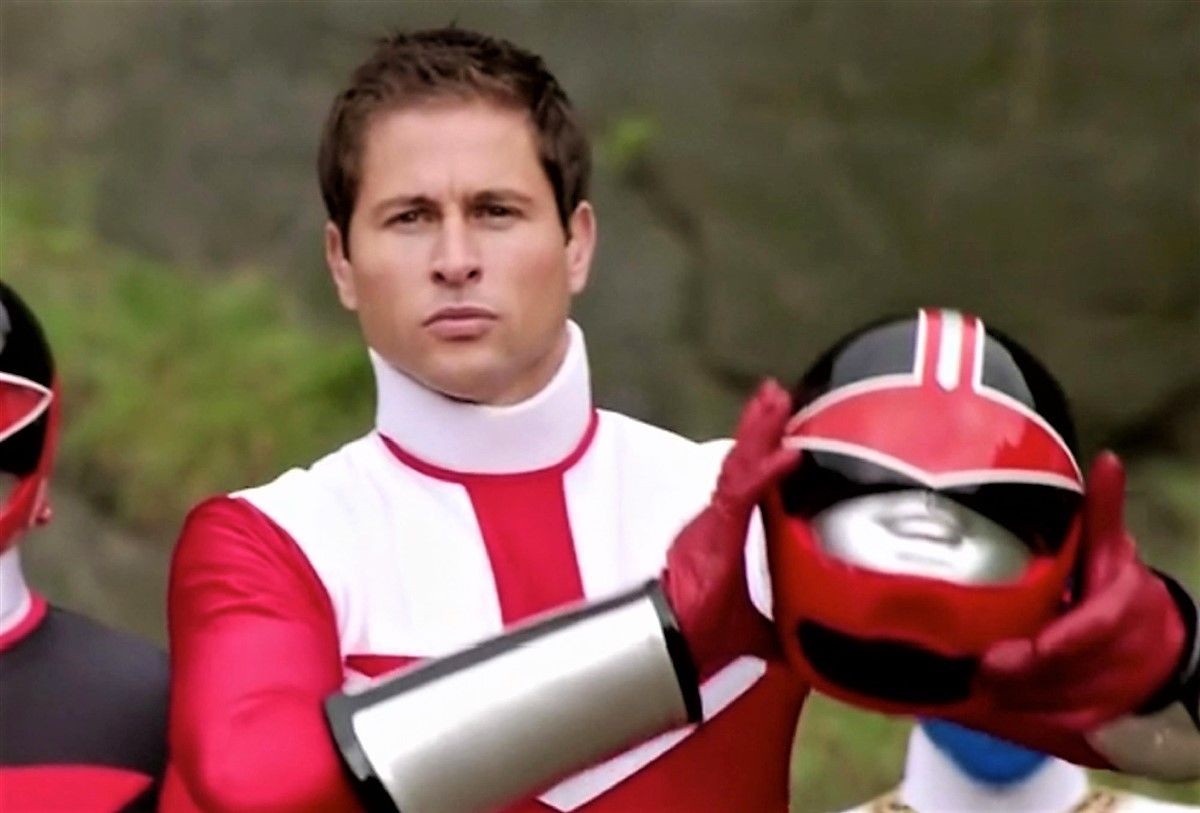
The Rangers, like most superheroes, are supposed to keep their identities a secret, right? Except, unlike most comic book superheroes, the Rangers are very, very, very bad at concealing their identities. More often than not, the characters in Power Rangers are seen always hanging out with their teammates, each of them wearing the exact same designated color of their suits.
While this is obviously a way for Power Rangers to keep audiences aware of which character is which Ranger, it is definitely weird to see the same characters wearing the same colors all of the time. One would think that, after 25 years, the series would have found other more creative ways to remind viewers of which character is which, or simply trust fans to know who each Ranger is.
19 THE VILLAINS LOOK LIKE PEOPLE WEARING COSTUMES
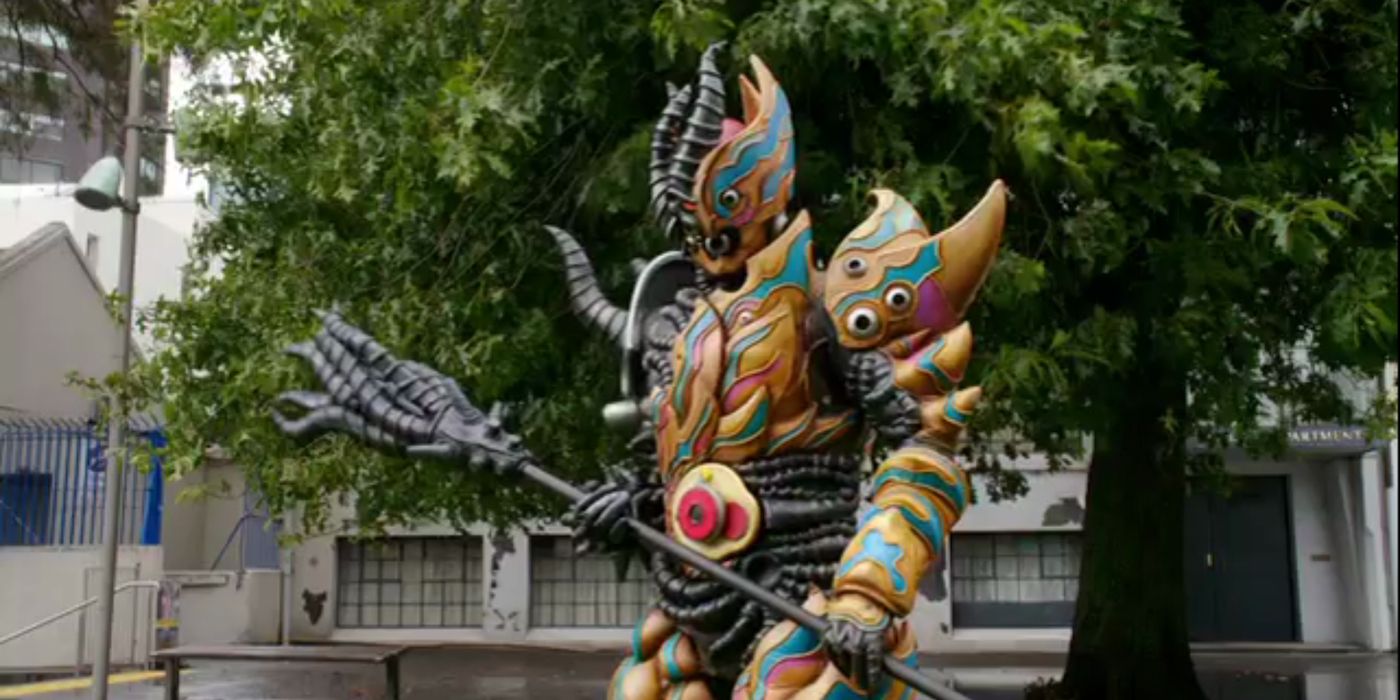
It is a cold, harsh truth that most “non-human” villains in Power Rangers look like exactly what they are: people wearing costumes. In the 1990s, because CGI was still expensive and Power Rangers had a very low budget, it was understandable to accept that there was nothing the show could do about its awful-looking villains. However, as the years went by, technology advanced, and audiences evolved their suspension of disbelief, Power Rangers insisted on bringing out villains who looked laughably fake to face the Rangers.
More often than not, the villains in the show, at best, look like characters you would meet at a lesser-known theme park.
Of course, it is important to note that the 2017 Power Rangers movie relied heavily on CGI, which was not great, either. Maybe the show could compromise for a middle ground?
18 TURBO HAD A 12-YEAR-OLD BLUE RANGER
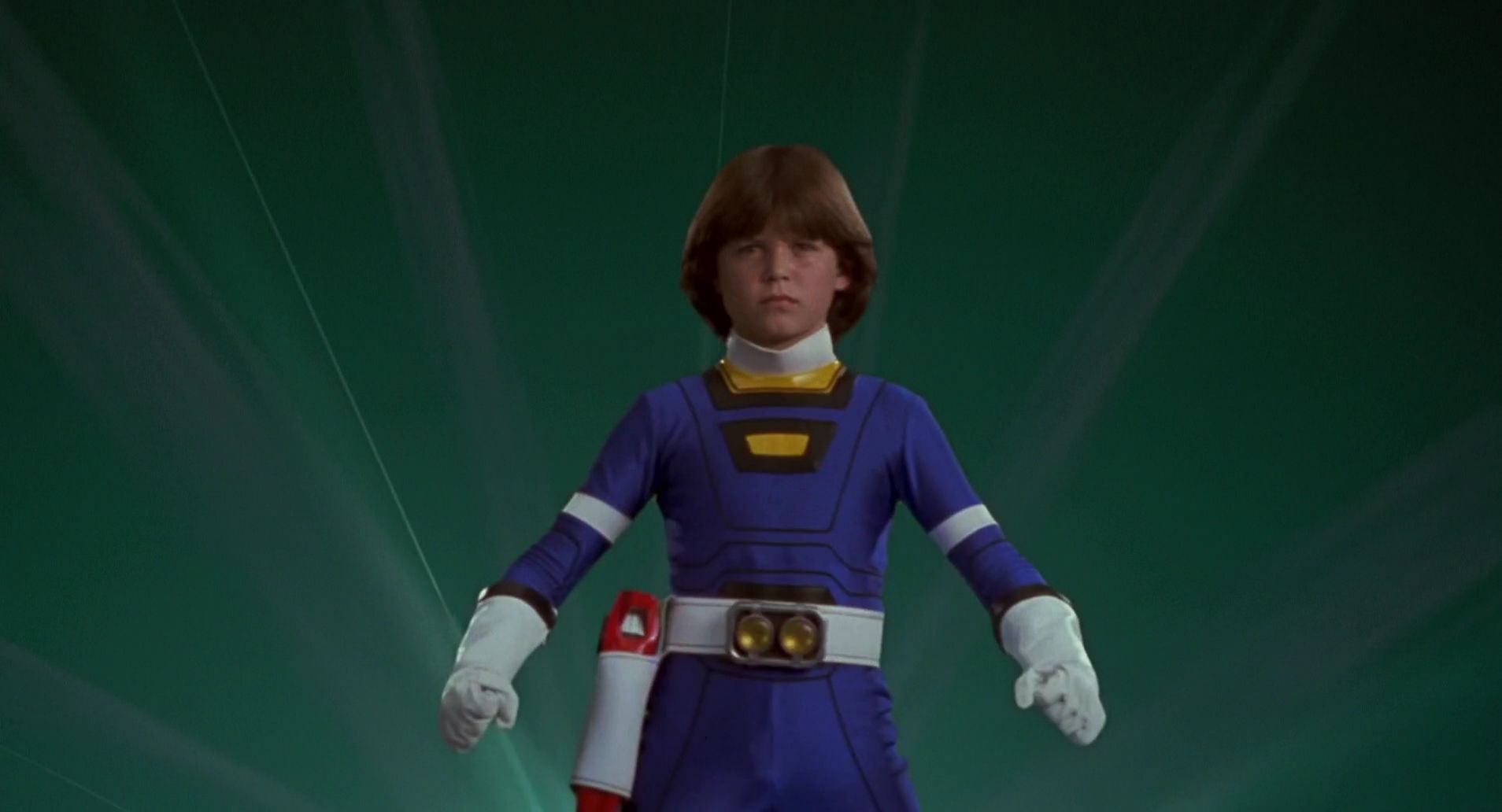
Power Rangers Zeo was one of the most famous seasons of the entire franchise, featuring a team composed of Tommy Oliver (Red Ranger), Adam Park (Green / Black Ranger), Rocky DeSantos (Blue Ranger), Tanya Sloan (Yellow Ranger), and Kat Hillard (Pink Ranger). This team was, in general, a very successful one, prompting the franchise to keep everyone together for its next season, Turbo.
However, there was one catch: Rocky became “injured,” and Zordon decided to substitute him with Justin Stewart, a 12-year-old boy. It is still baffling to many that Power Rangers Turbo had a 12-year-old Blue Ranger. What’s more, in order to avoid having that Ranger be so much shorter than its teammates, the series added a vague explanation that “morphing” made Justin grow in size.
17 THE SUBTLE RACISM IN SEASON 1
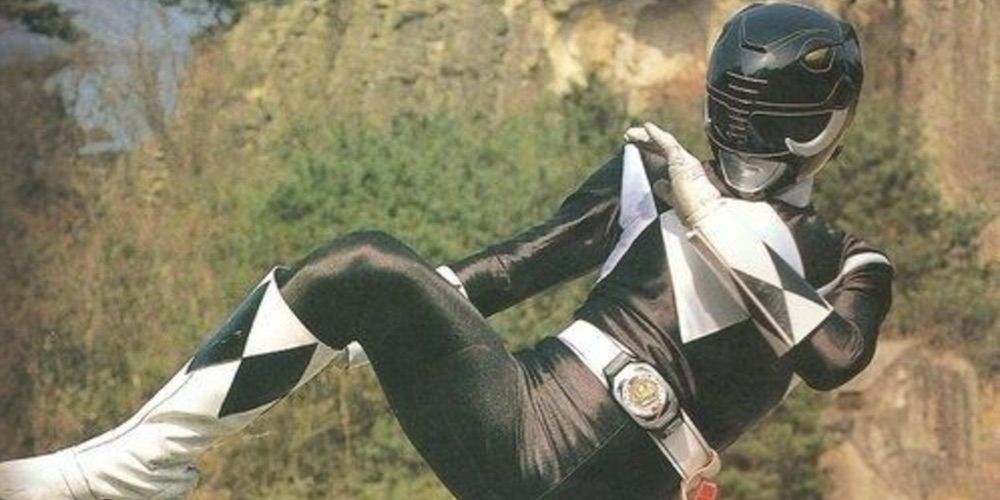
The Mighty Morphin season of Power Rangers lives on in the hearts of many fans around the world. It was the first season of this beloved franchise, and is often perceived as the best and most iconic one of them all. With that said, it is important for fans to recognize that this TV show made a few bad calls in its early days, such as the subtle racism regarding the characters of Zack Taylor and Trini Kwan. Zack, who was played by black actor Walter Emanuel Jones, was the Black Ranger. Trini, who was portrayed by Vietnamese actress Thuy Trang, was the Yellow Ranger.
It goes without saying that having a black character be the Black Ranger and an Asian character be the Yellow Ranger was a somewhat problematic decision from the production team behind Power Rangers.
16 THE MISTREATMENT OF DAVID YOST
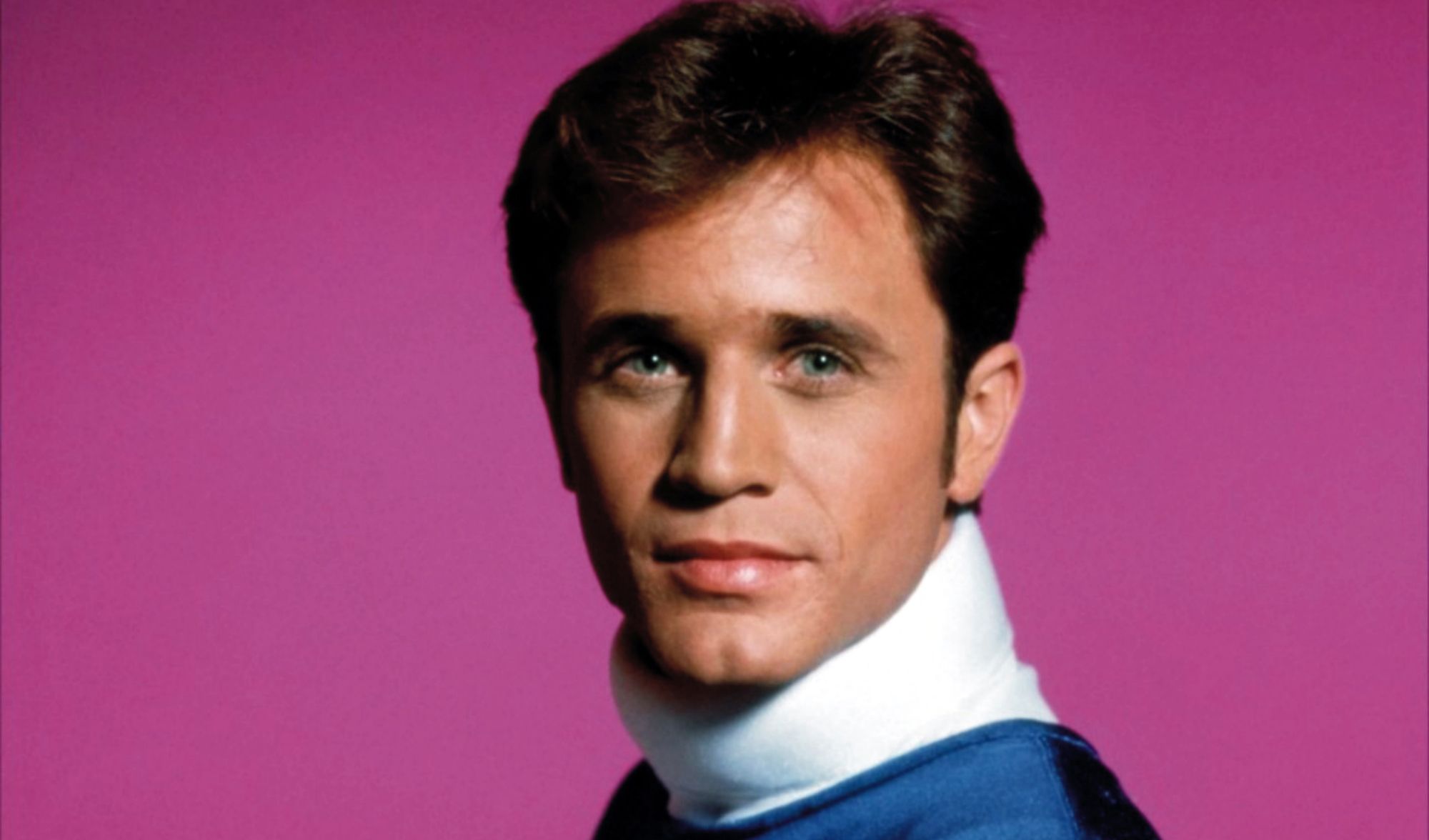
David Yost’s career was launched by his role in Power Rangers as Billy, the Blue Ranger in Mighty Morphin. However, David quit the franchise during the Zeo season, despite the fact that Billy was a fan-favorite character that fans would definitely like to see more of.
The reason, which was not revealed for many years, is that the production team behind Power Rangers was reportedly homophobic toward David Yost, who is a gay man.
During an interview, the actor justified his quitting by saying: “I was called ‘f****t’ one too many times.” Moreover, Yost revealed that the constant homophobic behavior came from the creators of Power Rangers themselves, and that he thought about taking his own life.
15 TIME FORCE DID BARELY ANY TIME-TRAVELING

Power Rangers Time Force was about one thing: time-traveling. That season’s opening montage even mixed up footage that alluded to prehistoric times, teasing that the Rangers would be all over the place when it came to their place in time. As the season went on, something odd happened: there wasn’t really a lot of time-traveling.
Sure, the Rangers did travel in time during Time Force, but the entire season only took place either in 2001 or in 3000.
Nowhere farther than those years, and not even anything in between. The entire storyline of that season quite literally only happened in 2001 or in 3000. So much for time-traveling Rangers fighting dinosaurs!
14 THE LACK OF FEMALE RED RANGERS
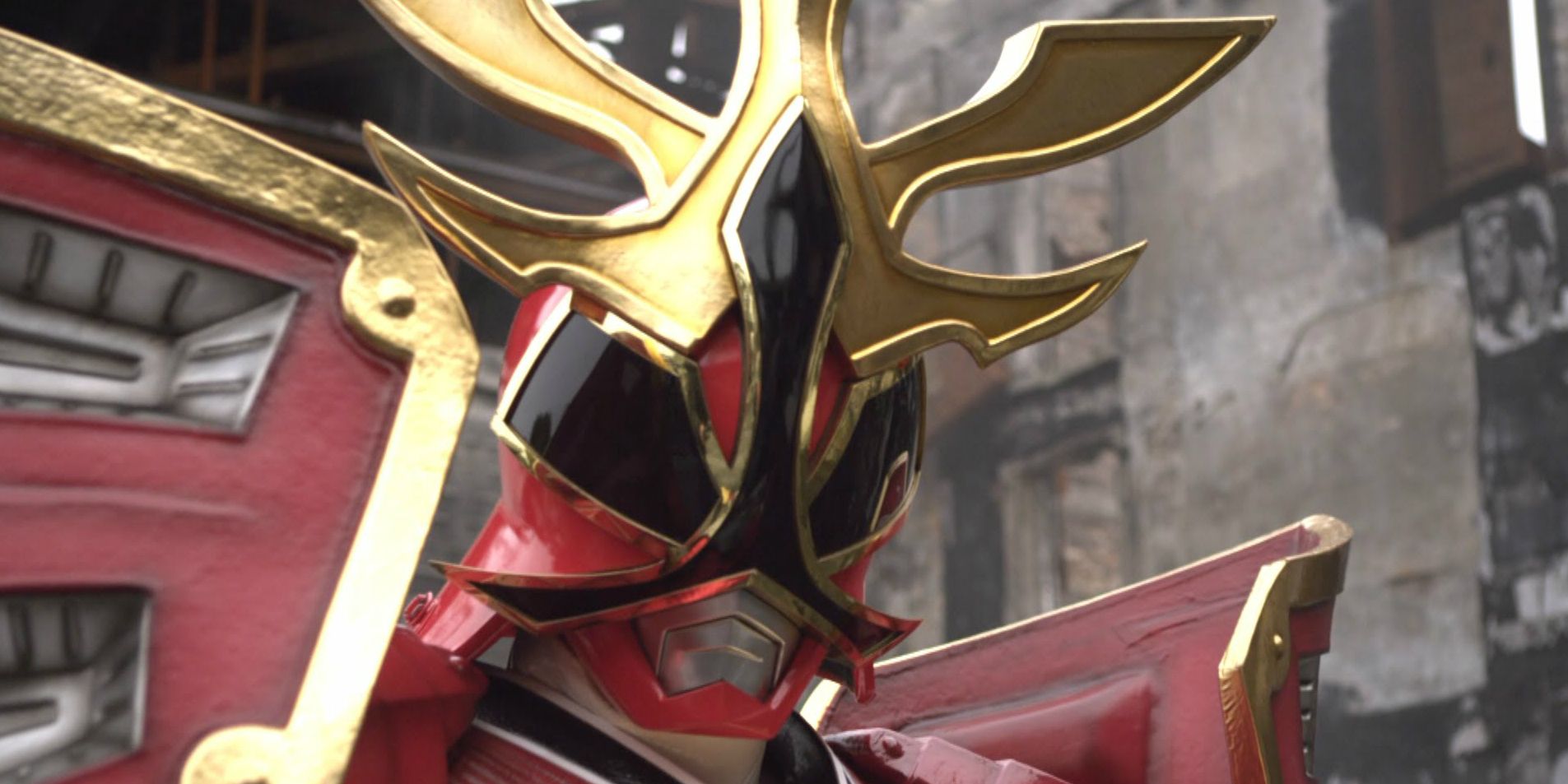
The Red Ranger is one of the most important elements in the Power Rangers mythos, regardless of whether this character was the team leader or not. Ever since Mighty Morphin, the Red Rangers have always played a major role in the series’ storylines. In addition, more often than not, it was the Red Rangers who led their teams to defeat any antagonists. Aside from that commonality, however, there is another major thread that regards Red Rangers: barely any of them were female characters. In the entire history of Power Rangers, there have been very few female Red Rangers.
The only proper female character seen on TV as the Red Ranger was Lauren Shiba, who was in the Super Samurai season.
Otherwise, there was Charlie in A-Squad, but she turned evil over time. There have also been certain female Red Rangers in the Power Rangers comics, such as Grace Sterling and Britt.
13 LACK OF CONTINUITY BETWEEN SEASONS

Over the years, the various seasons of Power Rangers have followed a very, very, very loose way. The character of Tommy Oliver, for instance, who was introduced as the Green Ranger in Mighty Morphin and who stayed throughout the Alien, Zeo, and Turbo seasons, was later featured briefly on the Wild Force, Dino Thunder, and Ninja Steel seasons.
Despite the fact that Tommy Oliver’s appearances confirm that the Power Rangers TV show does exist in a shared universe with some sort of continuity, it is also true that each new season of the show, for the most part, completely ignores anything that took place before it. This lackluster continuity has been a significant problem for the series, particularly in 2018, when shared universes are the modus operandi for most action franchises.
12 THE EXCESSIVE STOCK FOOTAGE
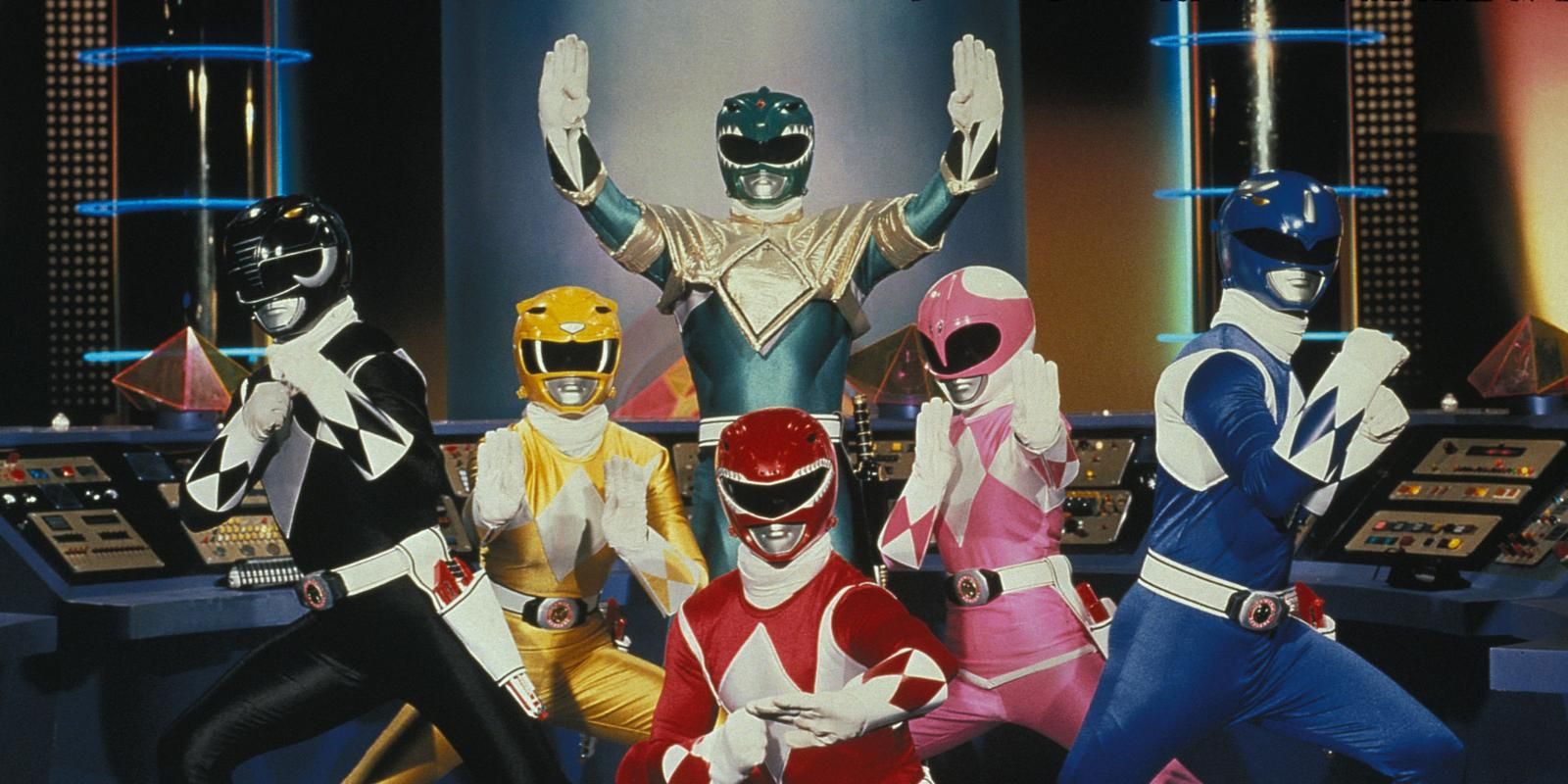
While it is common knowledge for anyone who works in the entertainment industry, many casual Power Rangers fans are not aware that the show’s first season – Might Morphin – actually used stock footage from a different TV series that aired in Japan. All of the fighting scenes in Mighty Morphin Power Rangers actually came from a show called Kyōryū Sentai Zyuranger. The only scenes that were produced in the United States were those with the Rangers outside of their suits. Then, the Japanese stock footage and the U.S.-based scenes were combined into what became the original season of Power Rangers.
If anything, this shows how low the budget for this series is, and how little it took to produce it in the beginning. Really, there was just a lot of editing going on.
11 LOST GALAXY DID NOT ACTUALLY TAKE PLACE IN SPACE

Power Rangers Lost Galaxy, like Time Force, was an example of bad marketing choices for a season’s name. That is because, when it came down to it, Lost Galaxy did not have too much to do with space, galaxies, or anything else.
Instead, the entire season was set in an Earth-like planet called Terra Venture.
Overall, there were never any space battles or Rangers visiting other planets. Lost Galaxy was a poor excuse for trying to capitalize on the success of Power Rangers in Space despite not having the Rangers venturing outside of a planet that was basically the same as Earth. It was better to have called the season something else that would have been less misleading.
10 THE WEAK CGI OMEGA RANGER
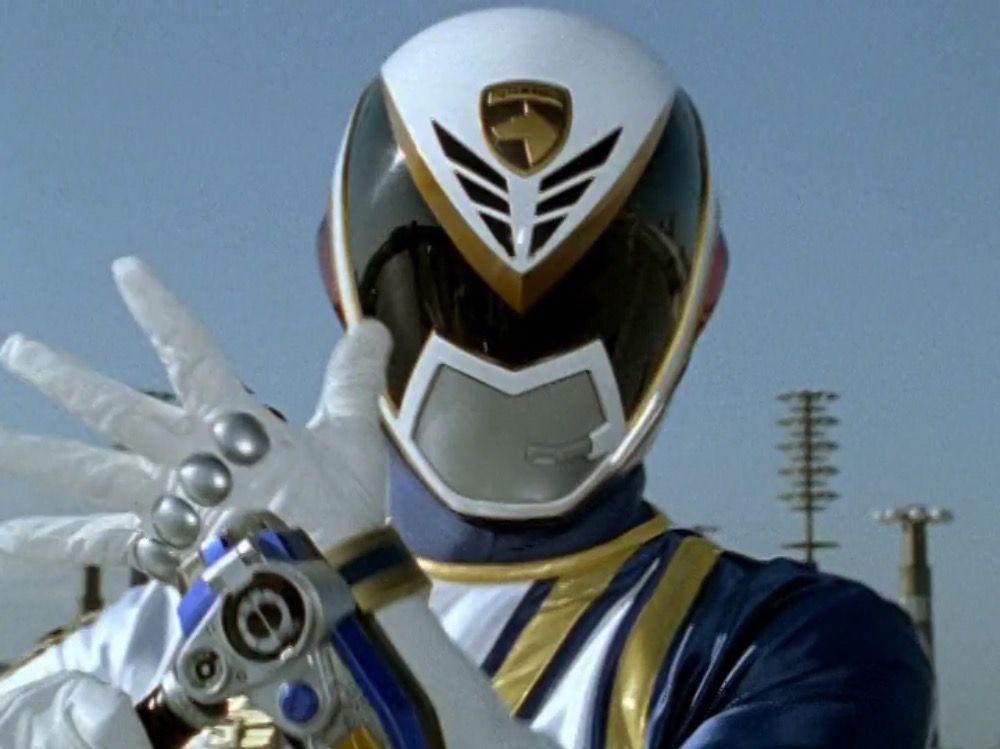
Power Rangers S.P.D. tried to be innovative by introducing a new kind of Ranger, the Omega Ranger, which started out as a speck of light created by CGI technology. However, it was quite disappointing to see that this speck of light was basically the entire run of the character on S.P.D., rather than having an actual actor portraying the Omega Ranger during that season. The series even gave the Ranger a name, Sam, without hiring any actor for a very long time.
While cost-effective, having a computer-generated Ranger who took basically the entire S.P.D. season to materialize was somewhat silly and unnecessary. In hindsight, maybe the show did not need the Omega Ranger after all.
9 RECRUITING TEENAGERS TO BE PART OF AN ARMY
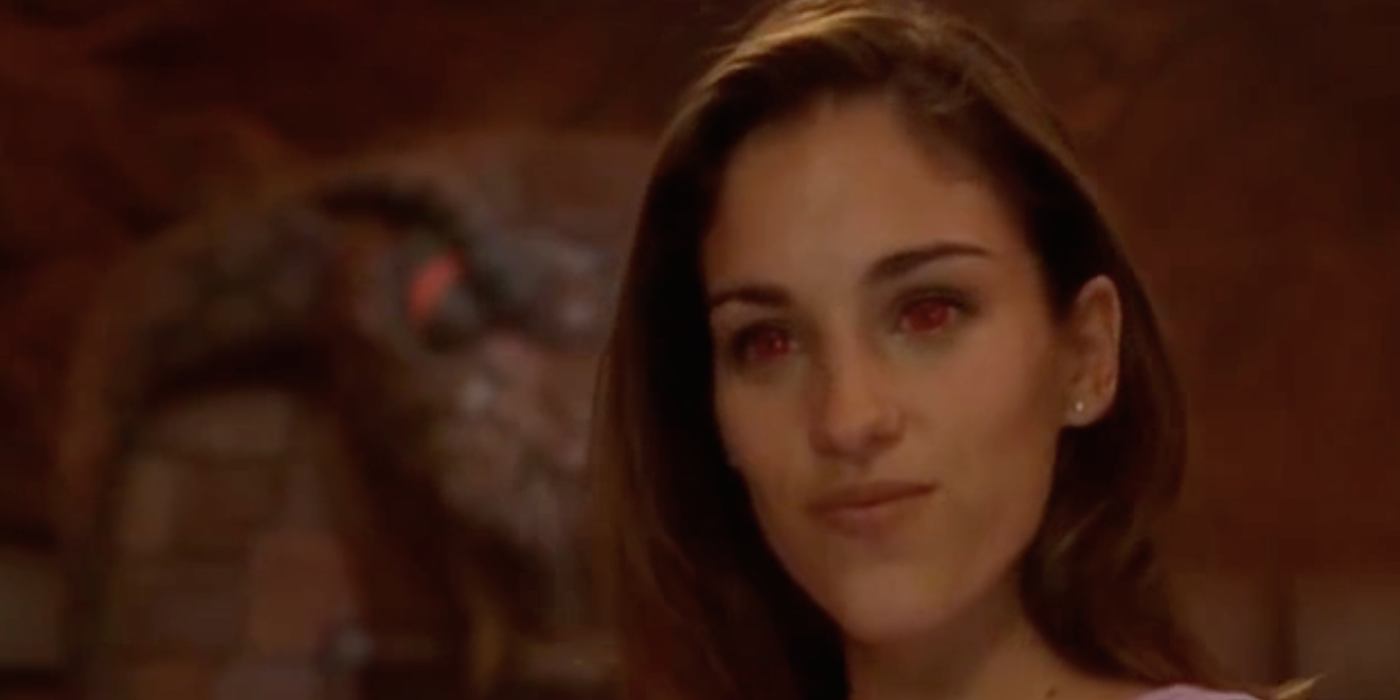
It is easy to become distracted with all of the colorful suits, silly villains, and massive Megazords, but one thing must be pointed out: isn’t it weird that the Power Rangers would often actively recruit high schoolers to join its army? It all started in Mighty Morphin Power Rangers, when Zordon went out of his way to recruit five teenagers to fight against the most villainous and powerful forces in the world.
While certain seasons increased the age of the Rangers, many others still focused on this very same age group, which is hard to justify internally.
The 2017 Power Rangers movie was certainly aware of how weird this was, and spun the plot around so that the teens were “accidentally” chosen rather outright recruited.
8 THE “MONSTER OF THE WEEK” TROPE
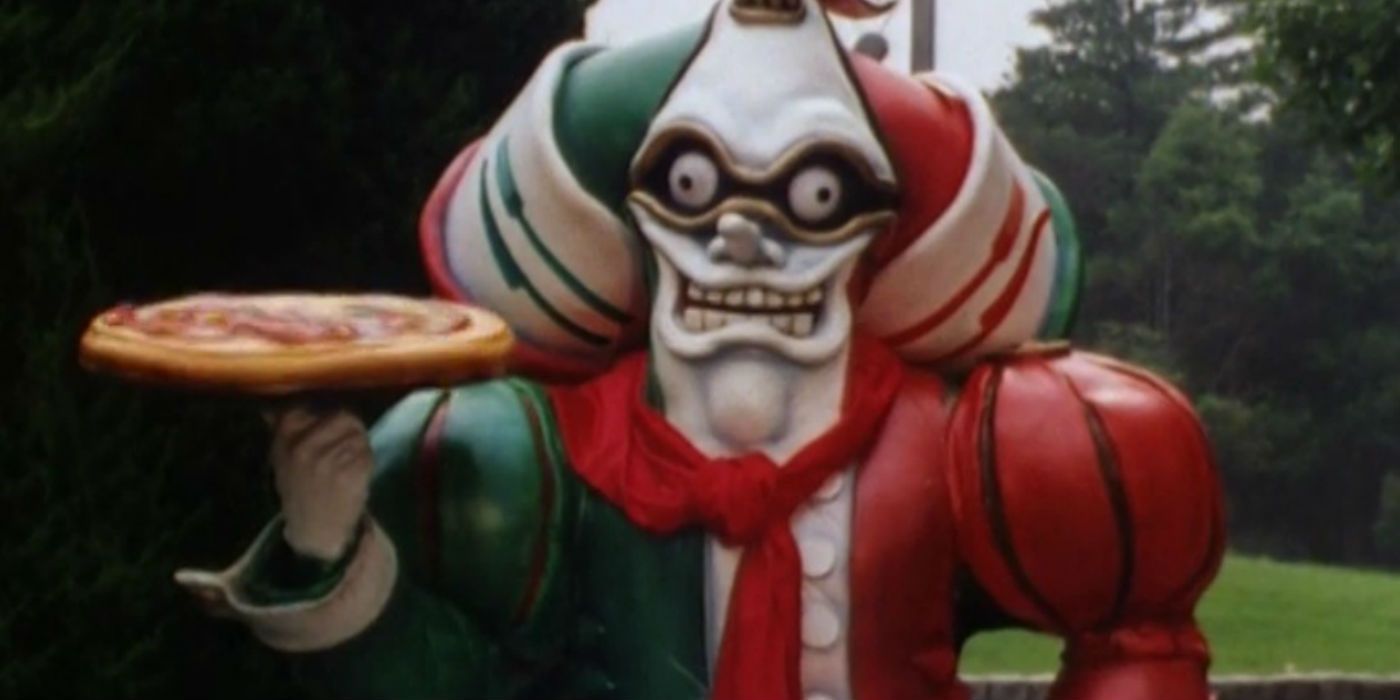
Because the Mighty Morphin seasons had very strict budget restrictions and had to use stock footage from a Japanese TV show for their fighting scenes, it was understandable that Power Rangers featured one monster every week. After all, it was those scenes with the Rangers fighting monsters that the series could buy as stock footage, thus reducing the production costs of each episode.
Eventually, Power Rangers began to walk on its own feet and produce the fighting scenes seen on the series. Moreover, the show became successful, thus increasing the budget reserved for each episode. Despite all of those factors, the franchise insisted on the “monster of the week” trope, rarely breaking from tradition and telling longer, different storylines.
7 NO CONSEQUENCES FOR THE MASSIVE CITY DESTRUCTIONS
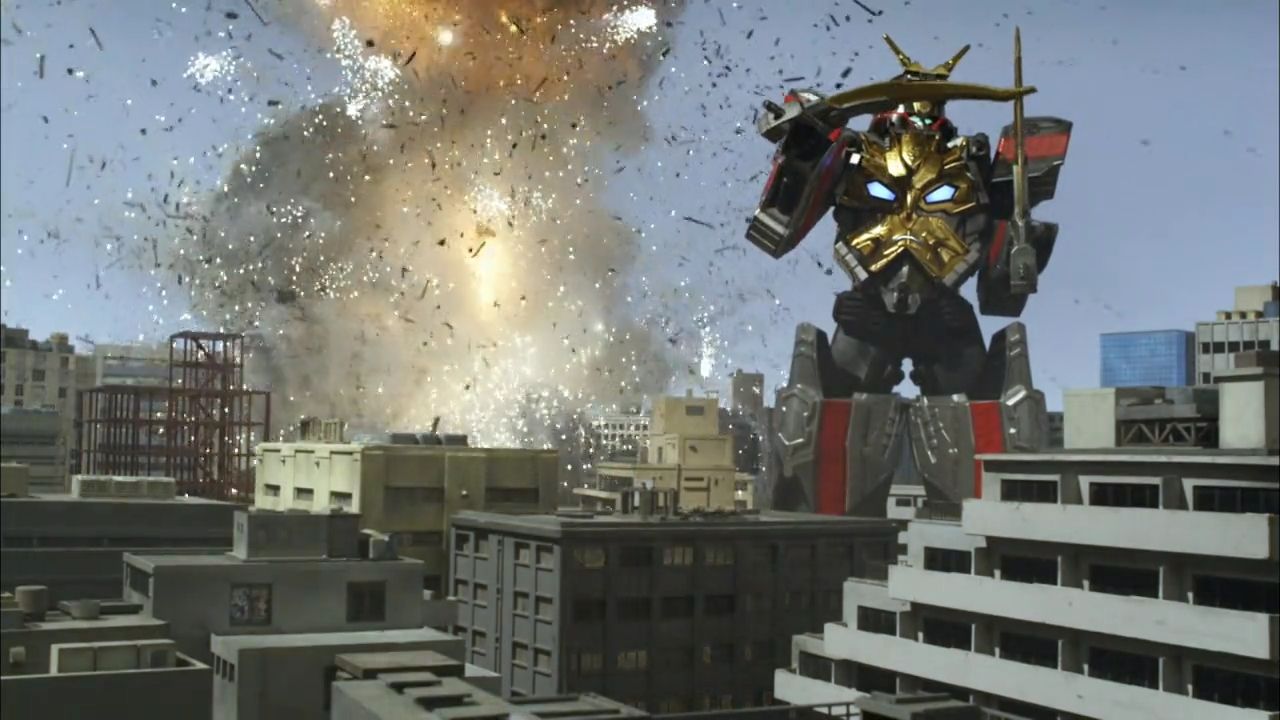
There is one ongoing criticism that most long-standing superhero franchises have to deal with eventually: the consequence of the destruction that these characters create. For instance, the Marvel Cinematic Universe introduced to Sokovia Accords in Captain America: Civil War in order to address the fact that these heroes had destroyed entire cities while trying to save the world.
Superman was put on trial in Batman v Superman: Dawn of Justice for the damage he had created in Man of Steel.
However, despite featuring a city being significantly destroyed during basically every single episode, Power Rangers has failed to – even once! – mention or deal with the consequences of the Rangers’ actions when it comes to their surroundings.
6 MOST POWER RANGERS HAVE NO PARENTS
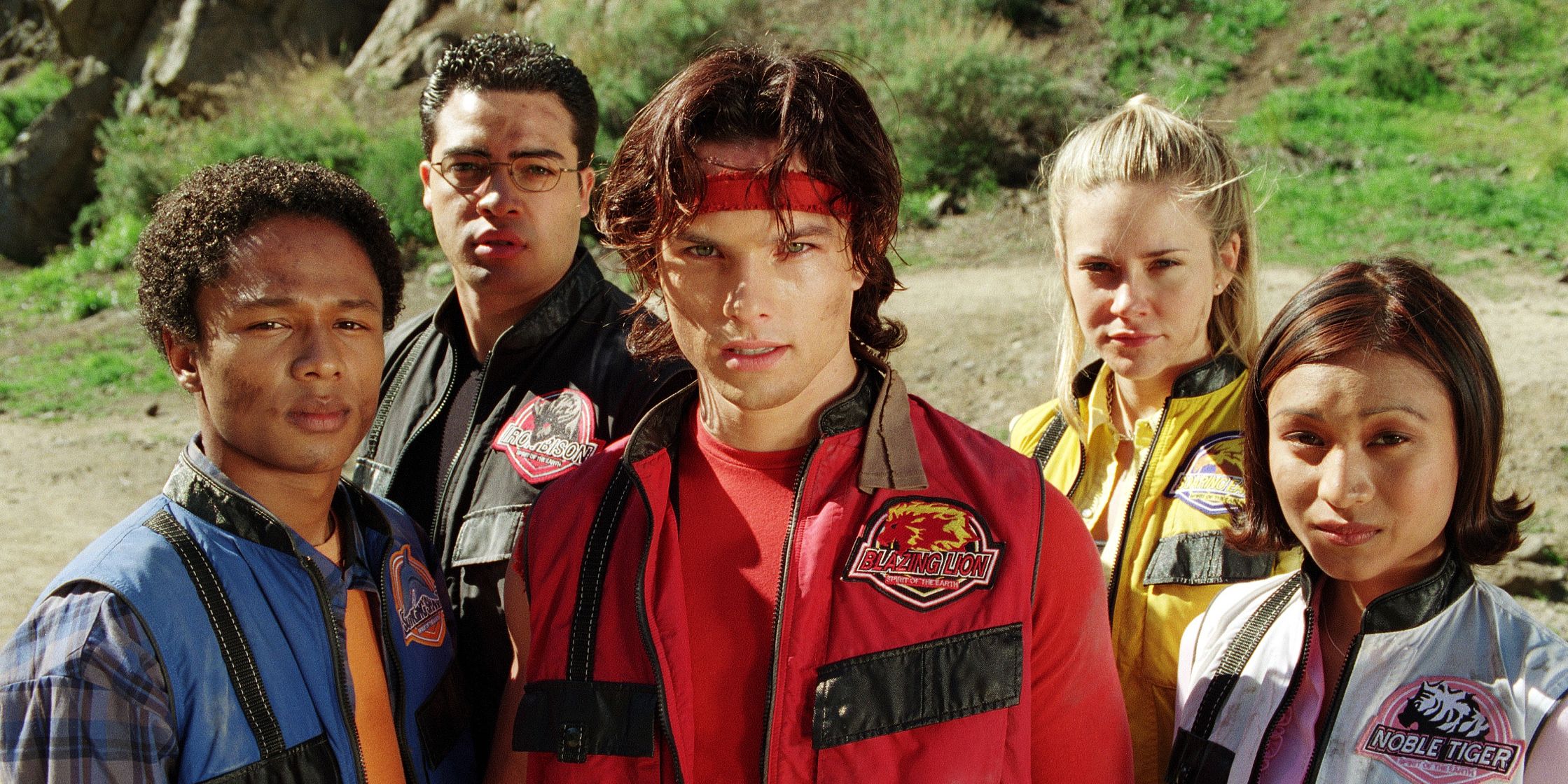
While the Mighty Morphin, Zeo, and Turbo seasons of Power Rangers certainly showed their teams interacting with their parents, it is quite odd for audiences to realize that, over time, the franchise developed a habit of rarely showing the Rangers with any sort of parental figures.
Because the Rangers are more often than not teenagers, it is extremely weird that they are always shown to be completely free and independent, with no sort of home to return to or parental figure to respond to. While it is convenient for the Power Rangers franchise to avoid showing parents so that its team of Rangers can simply deal with the villains who are destroying Earth, it certainly makes everything very weird for audiences to watch.
5 THE VILLAINS HAVE NO MOTIVES
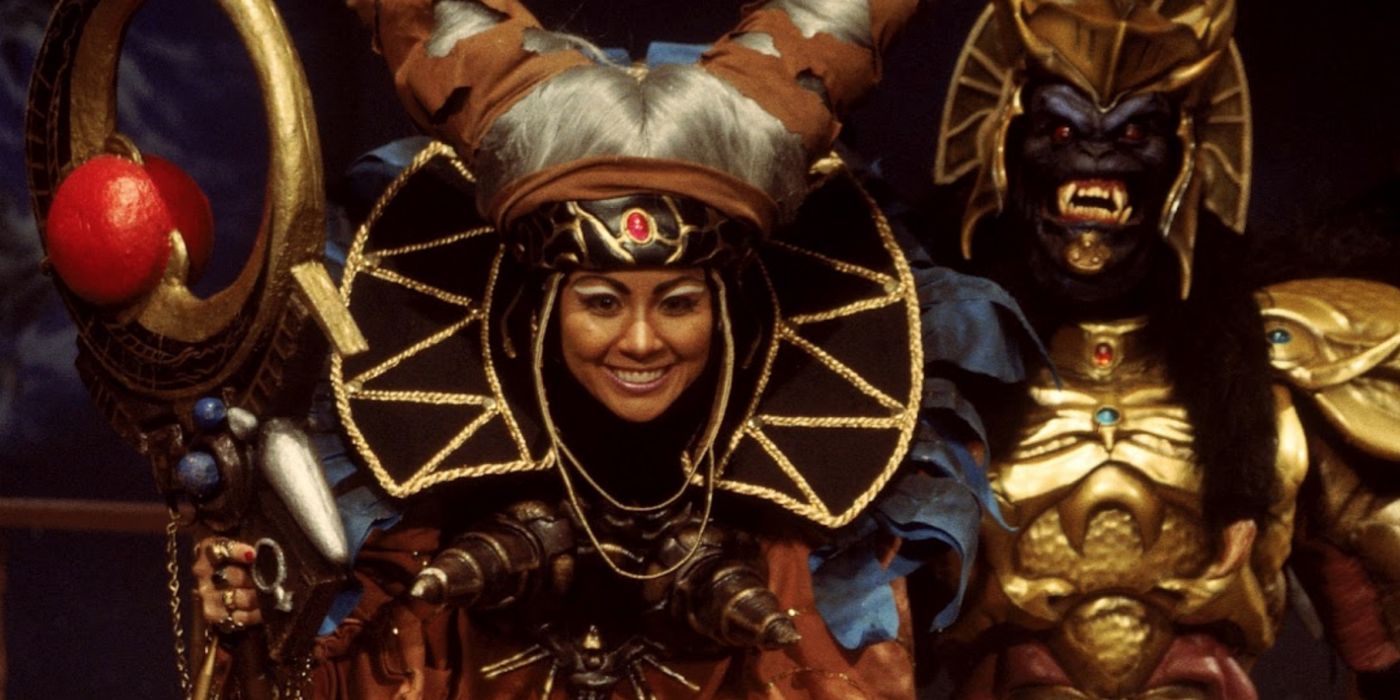
Many critics evaluate the original Star Wars trilogy as a fitting example of a simple-minded conflict between “good” and “evil.” However, one can argue that even Darth Vader and Emperor Palpatine’s plans had some sort of substance, rather than existing in a vacuum of nonsense. On the other hand, it is often hard to figure out what the Power Rangers villains actually want besides destroying Earth or conquering it.
The villains in the series are bad simply because they are, without presenting any depth of character or plans with substantial motives.
While the 2017 Power Rangers movie tried to introduce a less goofy Rita Repulsa, this criticism can even be extended to that film, as it was quite unclear what Rita was actually trying to accomplish by defeating the Rangers.
4 THE 6TH RANGER ALWAYS UPSTAGES THE OTHERS
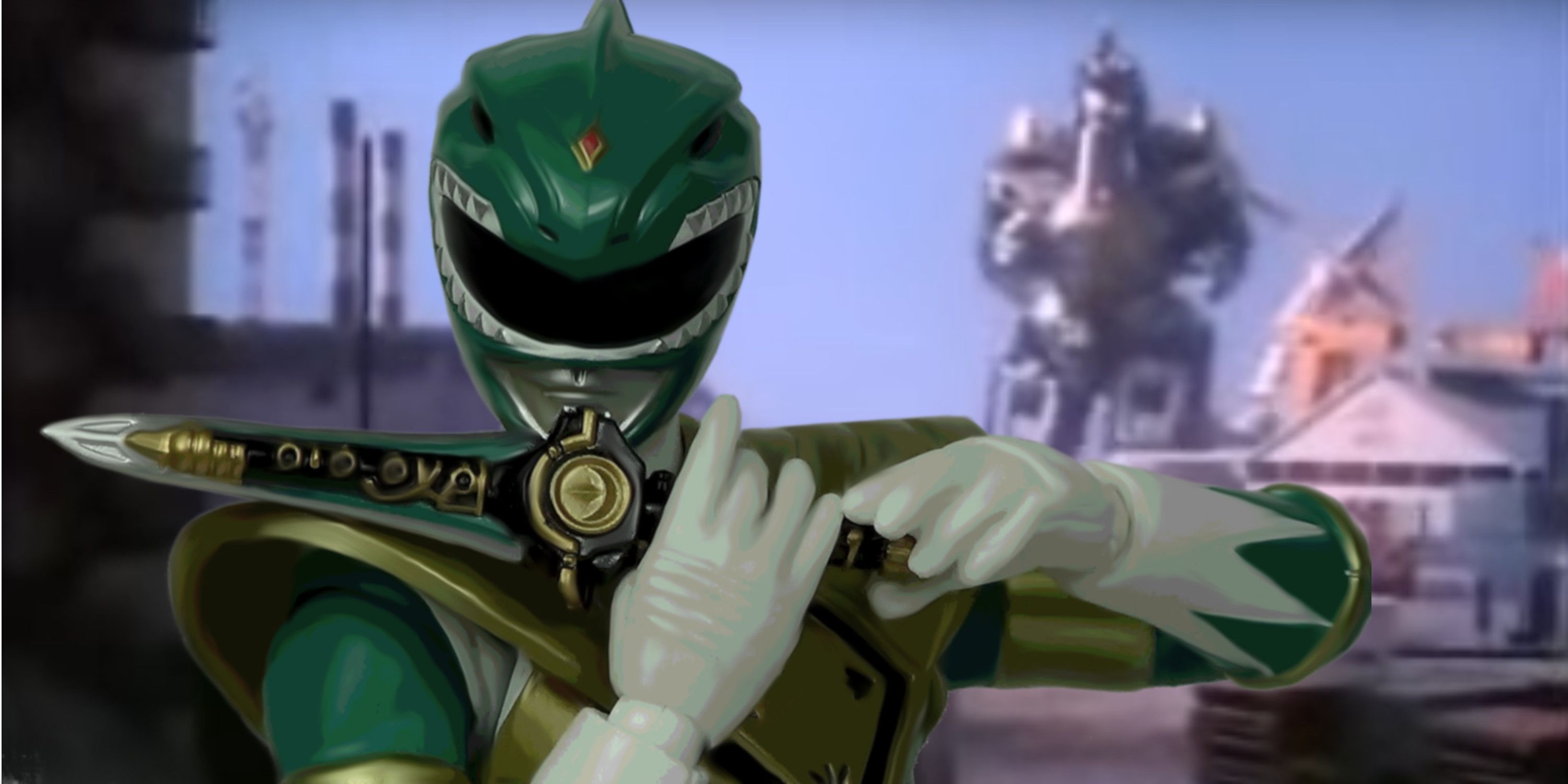
From the very first season of Power Rangers, which featured the Mighty Morphin team, one thing was clear: the series loves the plot twist of introducing a new Ranger to the fold. Of course, a new Ranger always means that new merchandising and toys can be developed, that stronger villains can be introduced, and that a season will now gain an extra hero. In Mighty Morphin, Tommy Oliver was introduced as the Green (and then White) Ranger, becoming the sixth member of the team.
In later seasons, the addition of a sixth – or extra – Ranger was often employed. However, there is always one very annoying caveat: the introduction of a new Ranger always means that the other Rangers will look like helpless heroes who cannot function on their own. While this is simply Power Rangers trying to prove the point of how strong a new Ranger is, it always feels like the franchise takes this trope too far.
3 MOST RANGERS WERE RECRUITED WITHOUT ANY BATTLE TRAINING
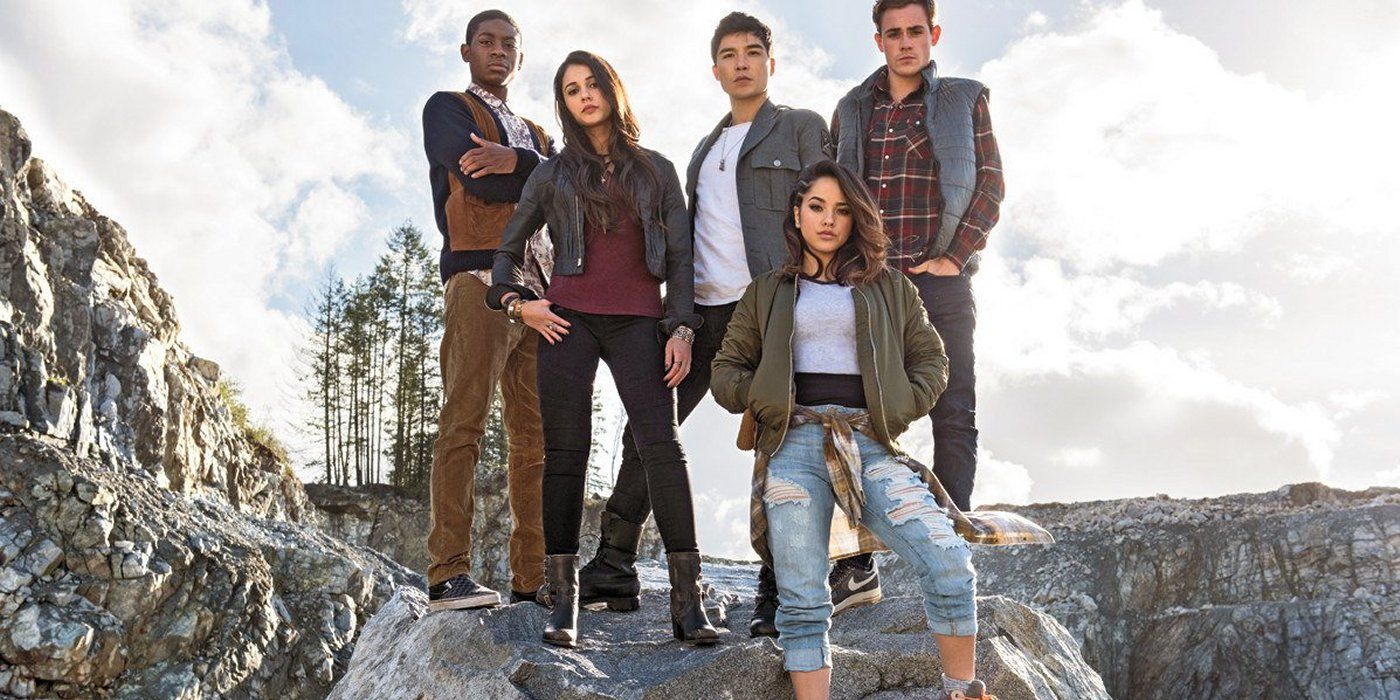
It's definitely weird that the recruited Rangers are often teenagers who are still attending high school. Furthermore, there is something else that is quite strange about the recruitment tactics seen in Power Rangers: most characters are recruited without any sort of actual battle training.
Of course, there are exceptions to this rule.
For instance, Jason Lee Scott (the Red Ranger in Mighty Morphin) was a martial artist. In addition, the Ninja Storm team was composed of individuals who were already training at the Wind Ninja Academy, and thus could certainly fight. On the other hand, most of the other Rangers that were recruited over the span of 25 Power Rangers seasons did not actually know how to fight before joining the team.
2 after 25 SEASONS, THE SHOW REFUSES TO CHANGE ITS FORMULA
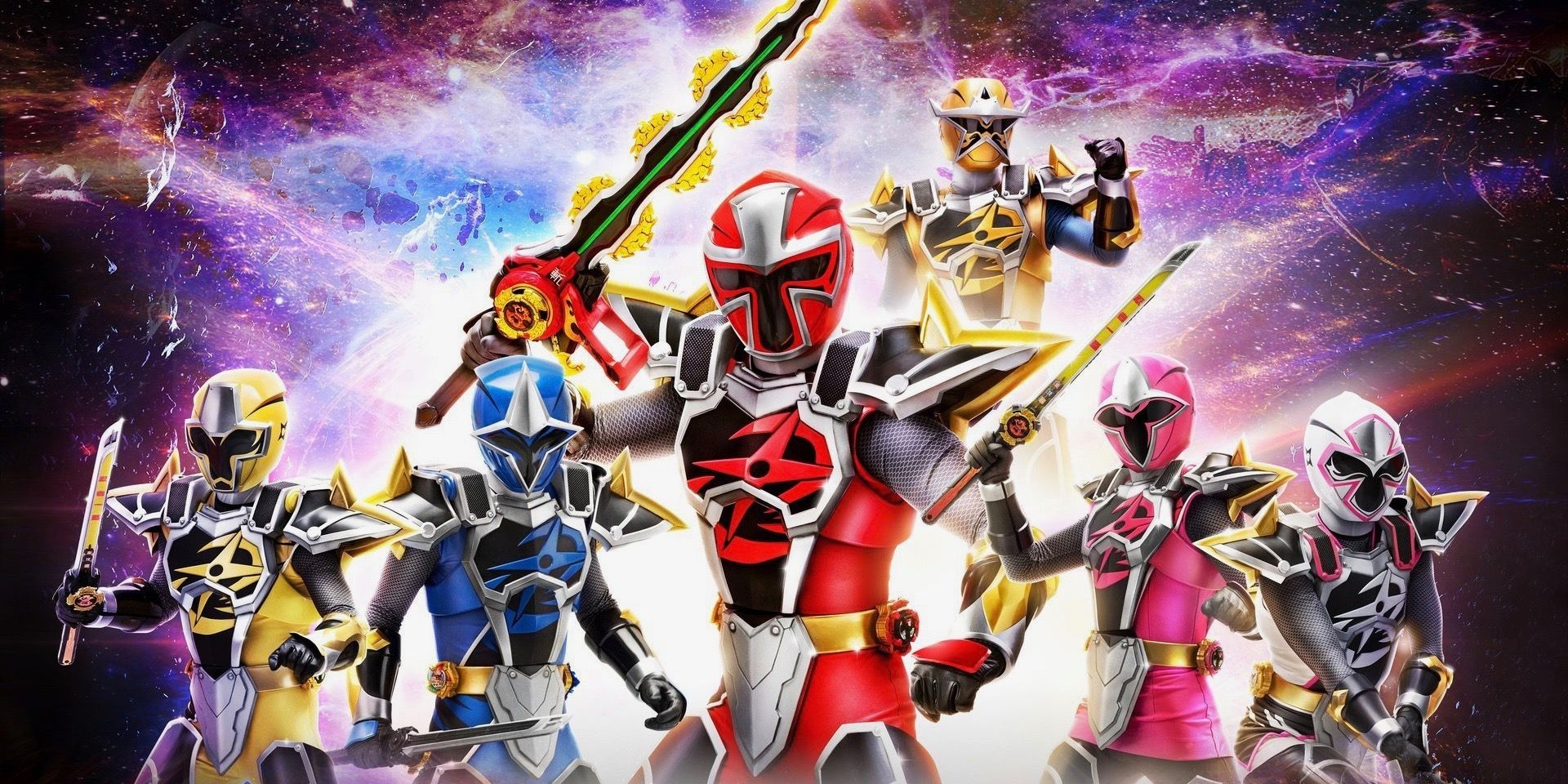
It’s been 25 years of Power Rangers, a franchise that has released a season per year since 1993. With so many seasons, themes, and teams over the years, one would think that the series has explored numerous different storylines and evolved along with its audiences.
However, when it comes to Power Rangers, that does not seem like the case at all. In many ways, Ninja Steel – which is the most recent season of the series – follows pretty much the same formula as Mighty Morphin, the very first team of Rangers. While that is perceived by fans as the franchise remaining “authentic,” it is actually proof that this TV show refuses to grow or change in any real way. With the new Beast Morphers season due in February of 2019, it seems like Power Rangers is staying the same, once again.
1 THE 2017 MOVIE MISSED OUT ON THE ESSENCE OF THE SERIES
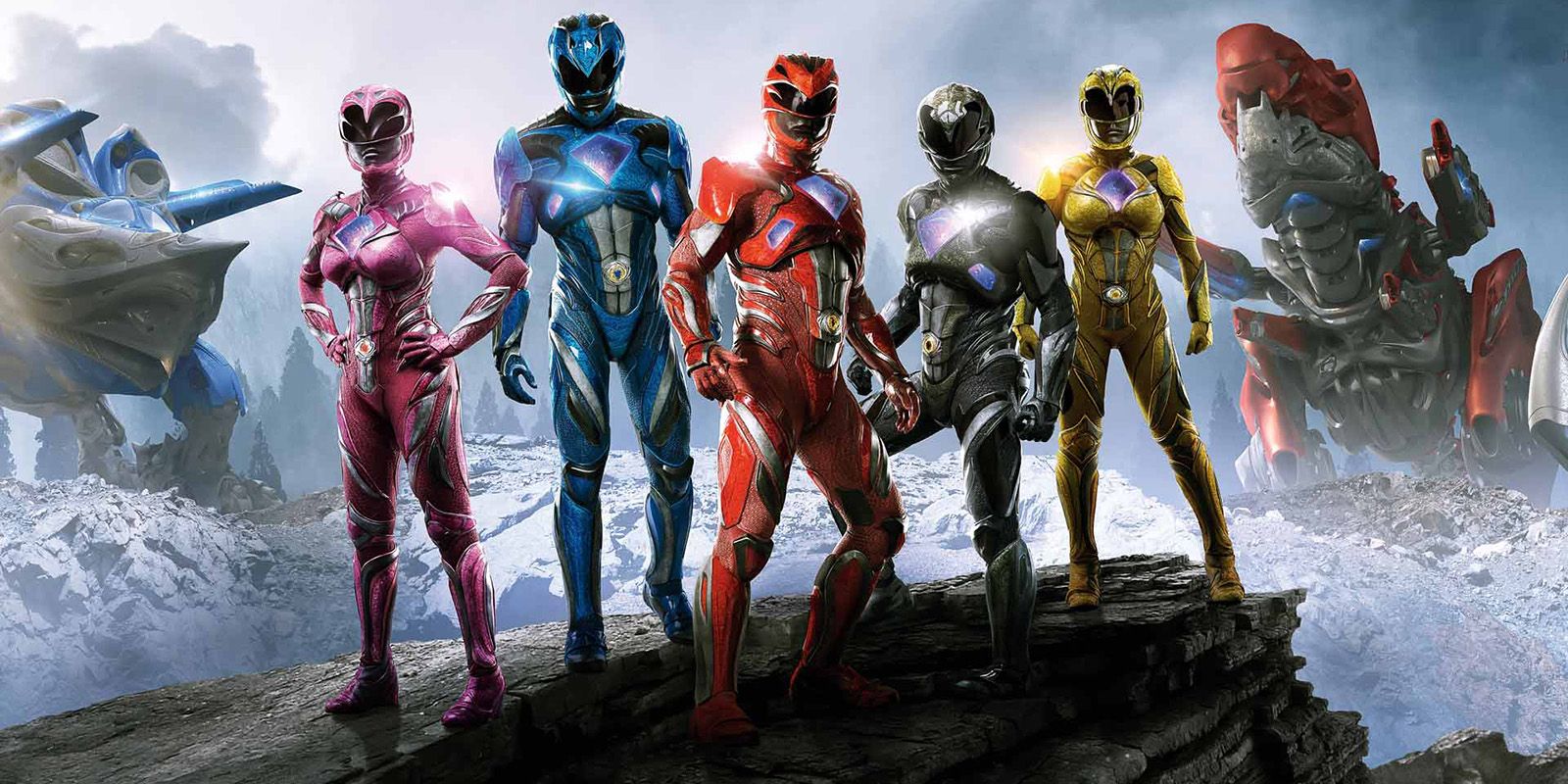
There was a lot at stake when the 2017 Power Rangers movie was released. After the end of the Hunger Games franchise and the failure of the Divergent series of films, Lionsgate studio was itching for a new big-budget blockbuster franchise to compete with the likes of Disney’s Marvel Cinematic Universe (MCU) and Warner Brothers’ DC Extended Universe (DCEU).
Lionsgate acquired the cinematic rights to the Power Rangers franchise and along came the 2017 movie, which was supposed to set up several other installments. Unfortunately, the movie was fail to explain a mythology that mainstream audiences were unfamiliar with, while presenting a version of Power Rangers that even fans of the show could barely recognize.
---
What else other problems with Power Rangers do fans ignore? Let us know in the comments!
from ScreenRant - Feed https://ift.tt/2RbkdTn





No comments: